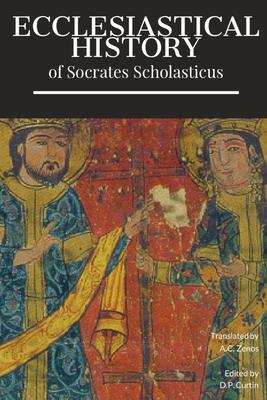The history covers the years 305 to 439, and experts believe it was finished in 439 or soon thereafter, and certainly during the lifetime of Emperor Theodosius II, i.e., before 450. The purpose of the history is to continue the work of Eusebius of Caesarea (1.1). It relates in simple Greek language what the Church experienced from the days of Constantine to the writer's time. Ecclesiastical dissensions occupy the foreground, for when the Church is at peace, there is nothing for the church historian to relate (7.48.7). In the preface to Book 5, Socrates defends dealing with Arianism and with political events in addition to writing about the church. The Historia Ecclesiastica is one of the few sources of information about Hypatia, the female mathematician and philosopher of Alexandria.

The history covers the years 305 to 439, and experts believe it was finished in 439 or soon thereafter, and certainly during the lifetime of Emperor Theodosius II, i.e., before 450. The purpose of the history is to continue the work of Eusebius of Caesarea (1.1). It relates in simple Greek language what the Church experienced from the days of Constantine to the writer's time. Ecclesiastical dissensions occupy the foreground, for when the Church is at peace, there is nothing for the church historian to relate (7.48.7). In the preface to Book 5, Socrates defends dealing with Arianism and with political events in addition to writing about the church. The Historia Ecclesiastica is one of the few sources of information about Hypatia, the female mathematician and philosopher of Alexandria.